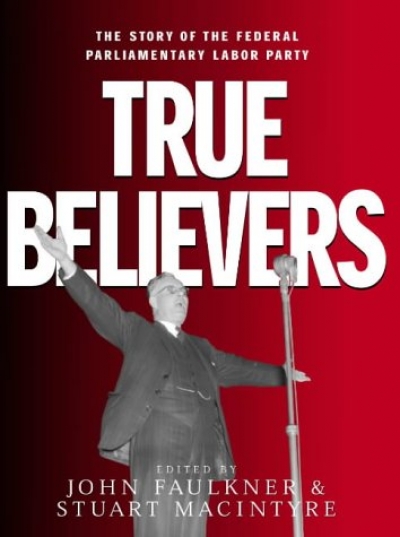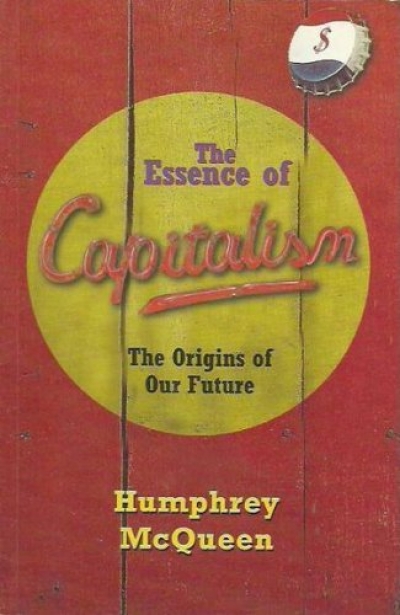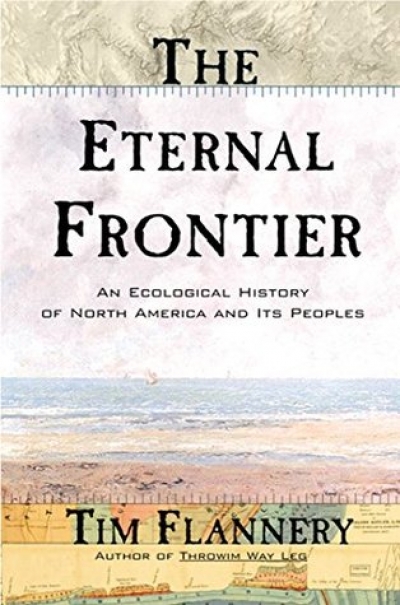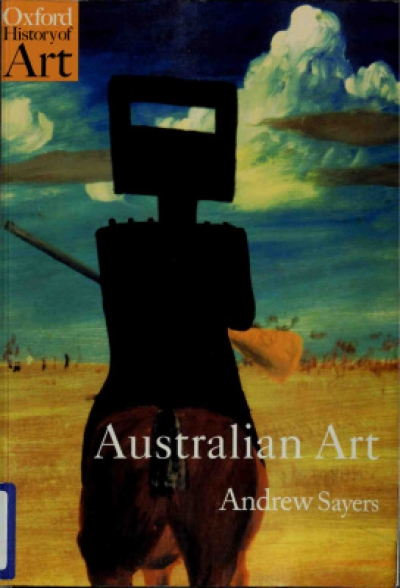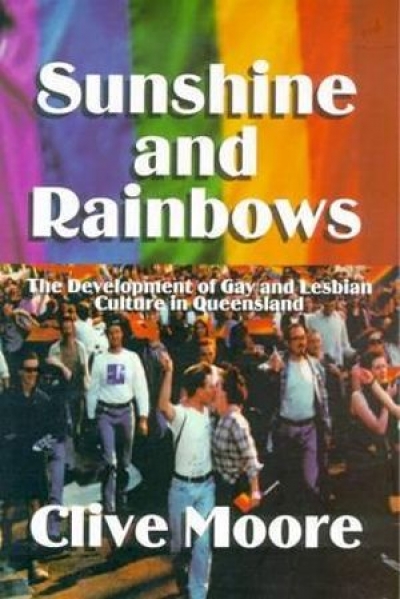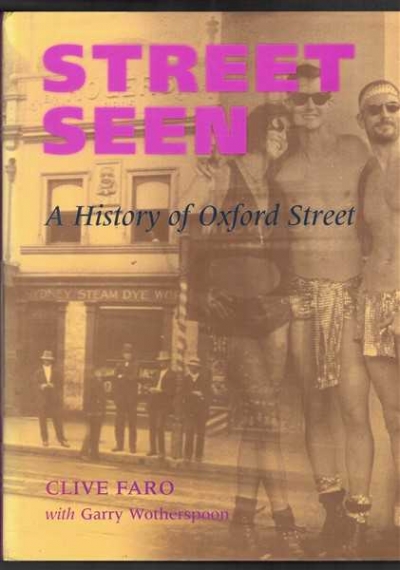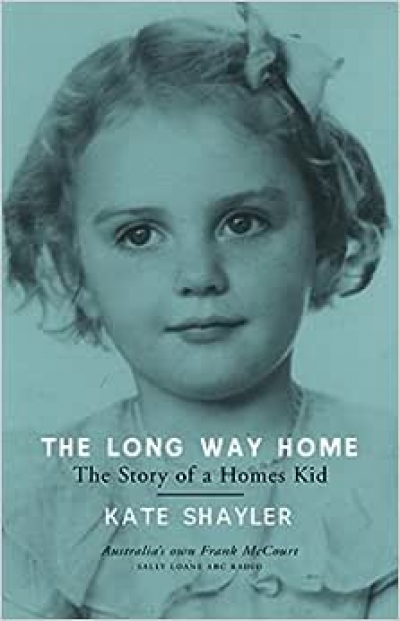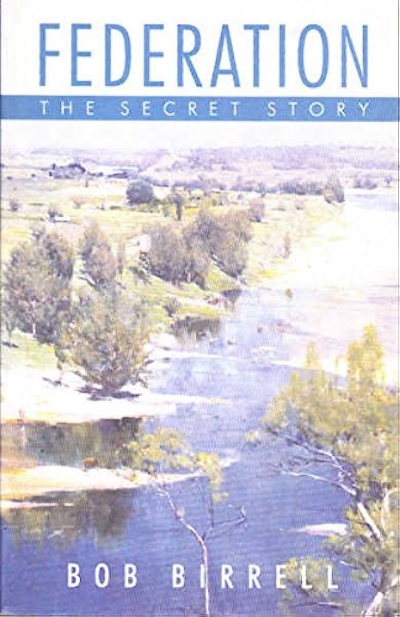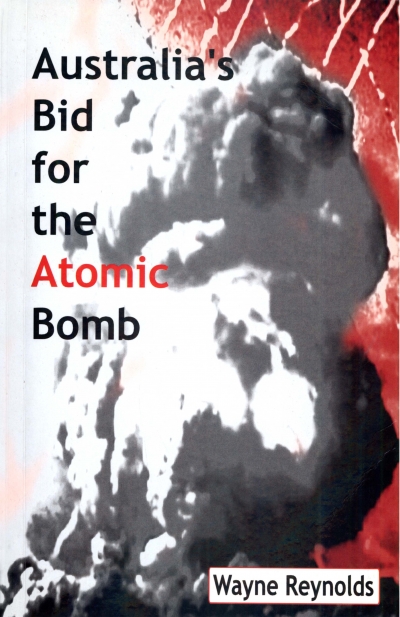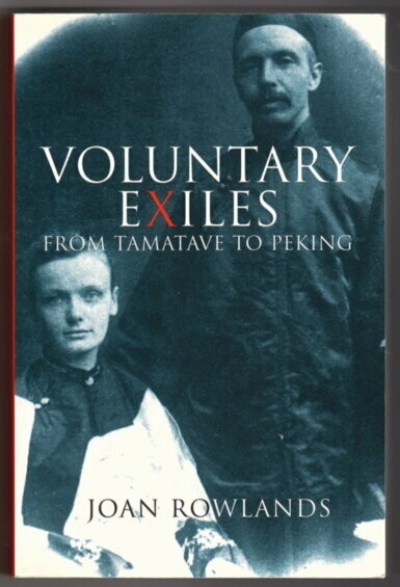History
True Believers: The story of the Federal Parliamentary Labor Party edited by John Faulkner and Stuart Macintyre
by Ross Fitzgerald •
The Essence of Capitalism: The Origins of Our Future by Humphrey McQueen
by John M. Legge •
The Eternal Frontier: An ecological history of North America and its peoples by Tim Flannery
by Rhys Jones •
Sunshine and Rainbows: The development of gay and lesbian culture in Australia by Clive Moore
by Robert Reynolds •
Street Seen: A History of Oxford Street by Clive Faro and Garry Wotherspoon
by Gary Simes •

